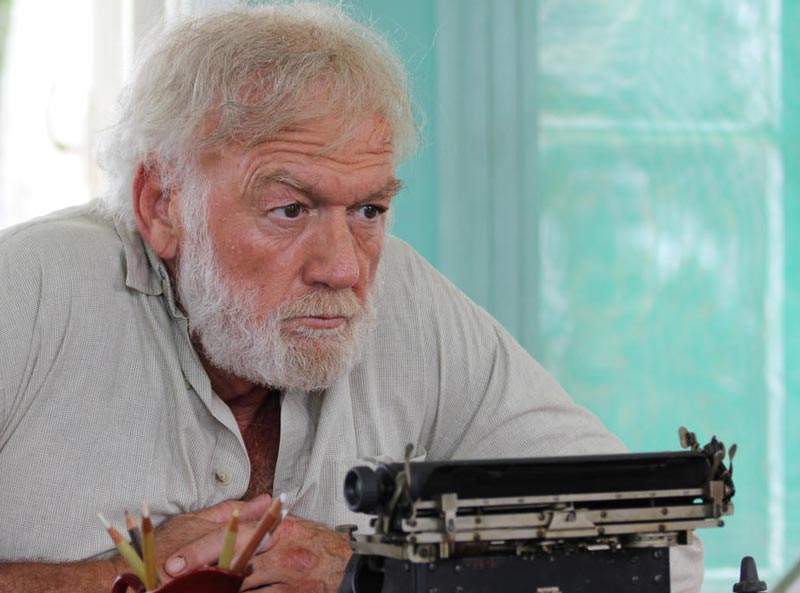By John Black
Original Story by Color Magazine
Location, location, location…
Hollywood has a long history of using cinematic sleight of hand to convince audiences that the location of the movie they are watching is ‘real,’ if not absolutely authentic. An insert of the Eifel Tower and some people in the background carrying baguettes and we know the movie takes place in Paris, even if it was actually shot in Toronto because the producers could get a big tax break from the Canadian government.
When it came to finding the right locations to shoot his new movie, PAPA: Hemingway in Cuba, director Bob Yari was determined to do whatever it took to literally film on location; to him, the only way to tell the story of Ernest Hemingway’s time in Cuba was to bring his cast and crew to the island where the author actually lived, worked, fought and fished.
“To me, Cuba wasn’t just a backdrop or location for the movie. It was a vital part of the story, almost a character unto itself,” Yari said in an interview with Color Magazine. “It’s more of a feeling than anything else, an atmosphere that the island brings to the film that couldn’t be duplicated anywhere else without feeling fake.”
Little did he know when he made that decision to shoot in Cuba that it would take almost a decade for him to get the first shot of his film in the can. Although the news is full of stories today about the proposed lifting of embargoes and the opening of Cuban shores to American citizens, the American government took a much firmer stance against the idea back when Yari first started seeking permission from the US government. It took some significant Washington petitioning and lobbying to clear the licensing for production. It also took convincing politicians that the movie was not your typical Hollywood product.
Producer Amanda Harvey explains, “(Denne Bart) Petitclerc’s screenplay for PAPA: Hemingway in Cuba is an accurate historical account of the screenwriter’s direct experiences of actual events in the life of Ernest Hemingway. Our position was that this made the project considerably different than other “Hollywood” projects that had been proposed to shoot in Cuba in the past.”
Despite the five-decade long embargo against Cuba, as a rule, the U.S. government does not oppose or restrict the dissemination of history, culture or art. PAPA: Hemingway in Cuba would be no exception. The film was deemed licensable according to OFAC (Office of Foreign Assets Control, a division of the US Treasury) standards, which allowed Yari and his PAPA: Hemingway in Cuba production team to be exempt from most restrictions outlined in the decades-old embargo of Cuba.
“Getting the permits was the first major hurdle. The second was discovering the reality of shooting a film on an island that doesn’t have the infrastructure that filmmakers in America are used to,” Yari added. “They didn’t even have a catering company we could hire, so on top of everything else involved in shooting a movie we had to find a way to feed the 120 people in the crew three times a day.”
The unusual problems Yari and his crew faced behind the cameras, however, were nicely balanced by the benefits they discovered shooting in a culture that really hasn’t changed that much in the past 50 years. “A lot of the locations we used were the same places the story took place when Hemingway was alive,” he said. “We shot in his house, which is a national museum, and we shot in the bars where he drank with friends without having to do much in the way of set design at all. And there’s a vintage American car culture in Cuba that meant we were able to use these beautiful authentic automobiles which would have been very hard to find, and very expensive to use, in America.”
Yari also credited the Cuban people for really rolling up their sleeves to help the production out in any way they could. “You may not realize it, but Cuba is home to one of the top film schools in all of Latin America, so we had access to plenty of technicians and actors to fill in the gaps,” he said. “They’re such an industrious people, too, so there was always someone on hand to work with us to solve whatever problems we ran into throughout the production. We felt their support every step of the way which made the adventure of being the first American crew to film in Cuba since the 1959 revolution that much easier.”
PAPA: Hemingway in Cuba opens nationwide on April 29, 2016.



